Antique Sewing Machines: Tailor Made for Nostalgic Decor
http://decor-ideas.org 11/11/2013 19:30 Decor Ideas
My maternal grandmother, Nana, would have been 100 years old this year if she were still with us. She was a master carpet sewer until the late 1960s. A few years after retiring from the trade, she started having grandchildren, and her lifelong sewing skills were transferred into an annual tradition of making us kids some of our most memorable Halloween costumes.
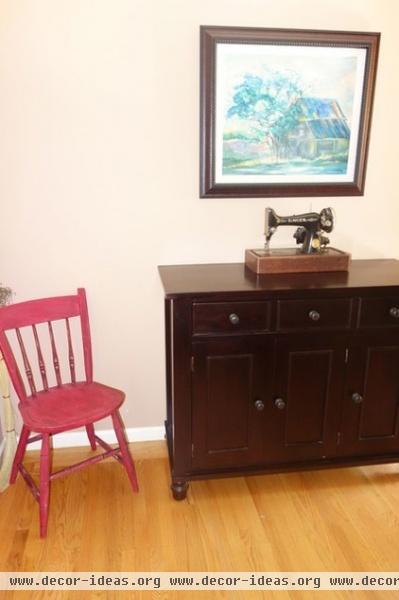
Around the time my younger brother was born, Nana decided to replace her newfangled Sears sewing machine with a simpler model, similar to those old carpet sewing machines she knew so well. She found the 1928 model you see here at a secondhand store in San Francisco for $15. She felt that price was a ripoff for what was then just an old machine.
Now this 85-year-old antique is one of my most prized possessions. My mother gave it to me when I showed interest in making Halloween costumes for my own children about 10 years ago. While my sewing talents are underwhelming, my passion for giving my children what Nana gave me fueled me to persevere. I even resorted to dragging neighbors with any sort of sewing skills inside my dining room to help me finish a tricky princess collar or a confusing pair of genie pants.
Today my children have moved on to more complex (read: store-bought) costumes. I’m OK with this, because I don’t have the hours to devote to this annual activity anymore. But that cherished Singer still has a prominent role in my dining room, now as a meaningful decorative piece on the credenza.
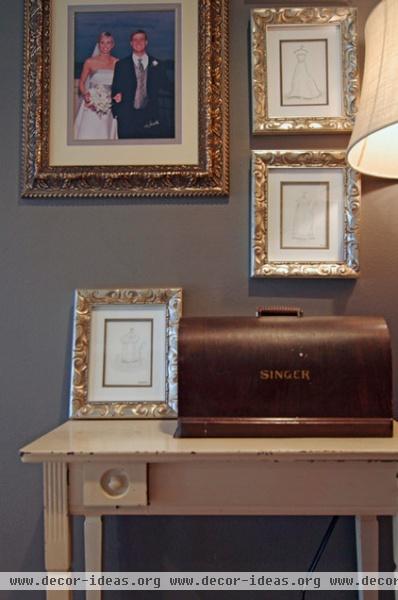
Waxing nostalgic. There’s something about an old sewing machine that stops many of us in our tracks to ogle its beauty and to wonder what it created in someone else’s hands decades ago. Using an antique sewing machine and its parts to decorate the home creates a dichotomy with the high-tech, fast-paced lifestyle we lead today.
Let's see how other Houzzers are using vintage sewing machines and their accompaniments to decorate. Maybe you, too, will be inspired enough to pull out that old sewing machine that was bequeathed to you long ago. Halloween or not, an antique like this needs no specific season to be appreciated.
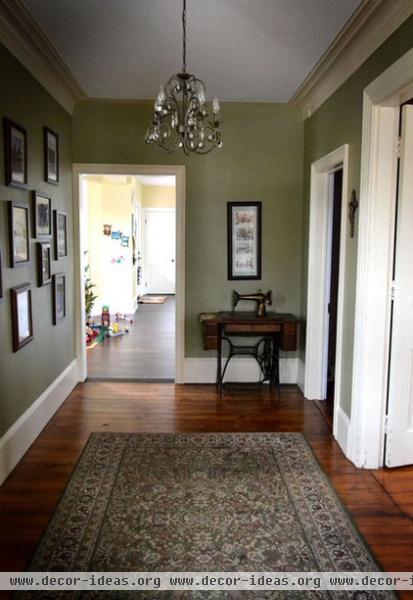
The residents of this home chose to showcase an old Singer on its original table in the entryway. This first impression sets the stage for other vintage treasures guests are likely to find in the house.
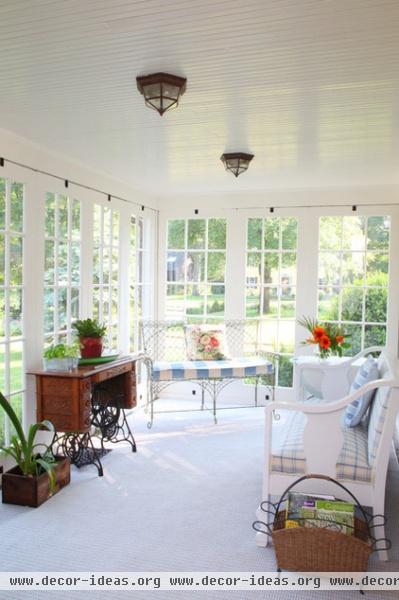
This sunroom has an antique sewing table minus the machine. The dark colors nicely offset the resounding whites.

A Singer treadle (the part of the sewing machine operated by the foot to produce a rotary motion) has been topped with a slab of stone to create a useful garden feature here.
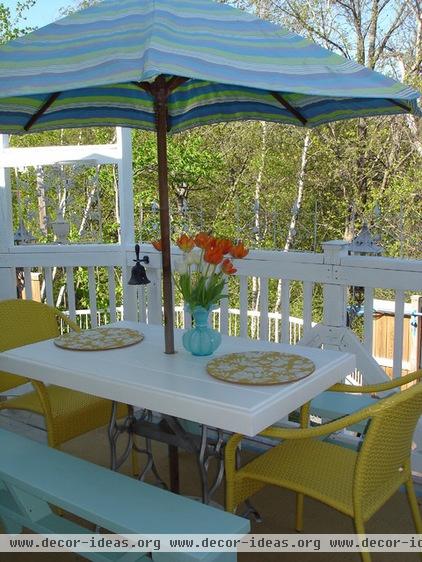
Another outdoor idea is to use the treadle as a base for a patio table.
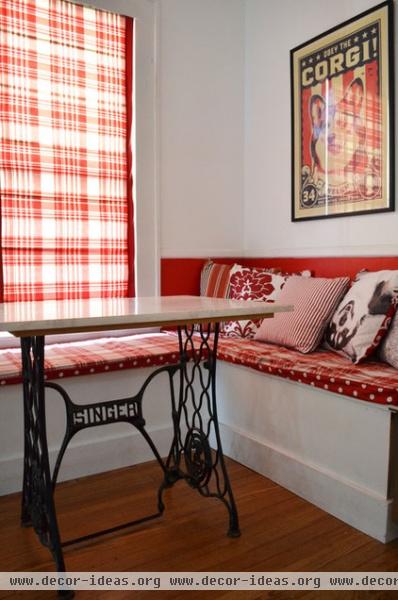
This homeowner did something similar by setting a piece of scrap marble atop a Singer treadle near a banquette.

Sewing machine tables can be upcycled into bedside tables. A wooden headboard in a similar tone with black metal details creates visual continuity in this furniture arrangement.
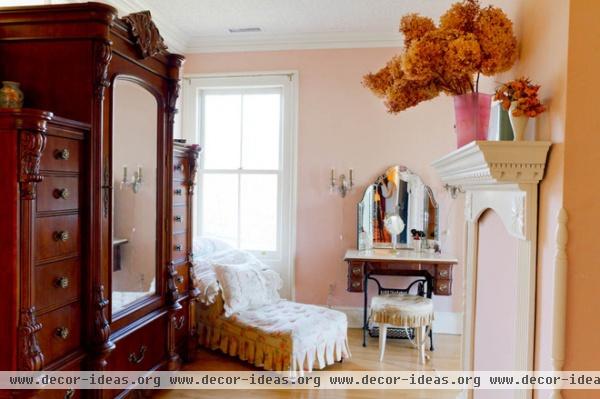
Smaller stands can make for lovely writing desks or makeup tables.
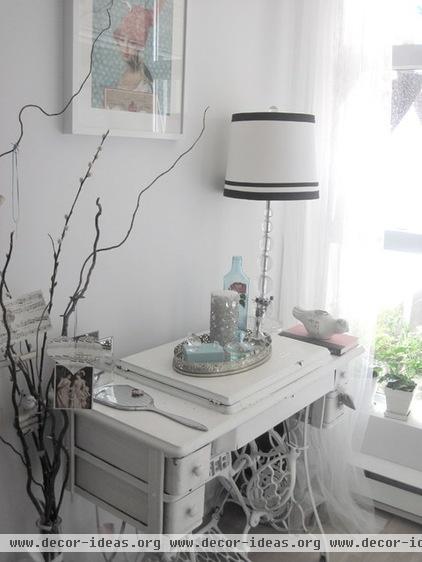
You can leave the stands in their natural state or give them a coat of paint that works best for their new home.
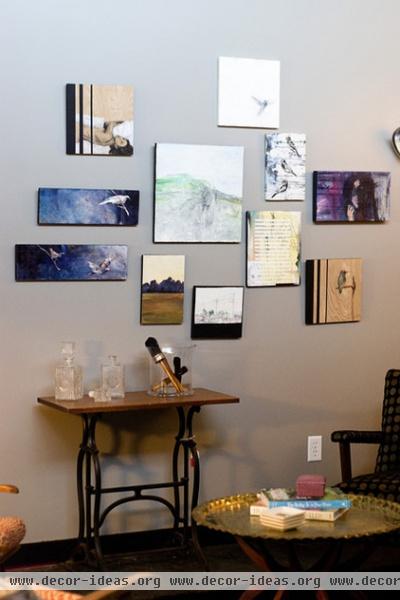
Looking for a new bar console? One of these smaller sewing machine stands makes a fine low-profile setup.
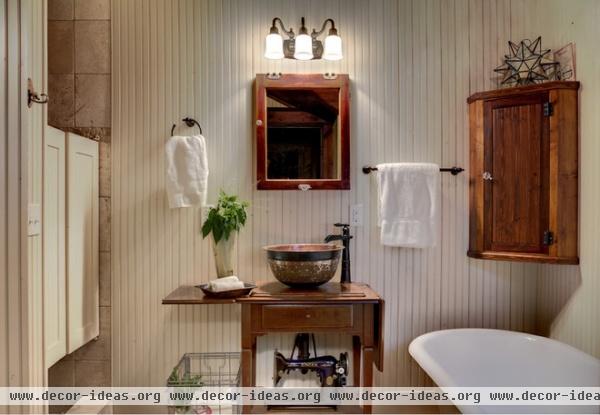
The bathroom may seem like an unlikely place to find an old sewing machine, but this homeowner makes it look so right as a one-of-a-kind vanity.
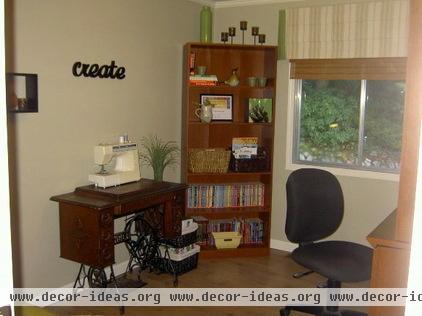
Or do something crazy and use a sewing table the way it's intended. It's paired with a modern machine here to emphasize the different eras.
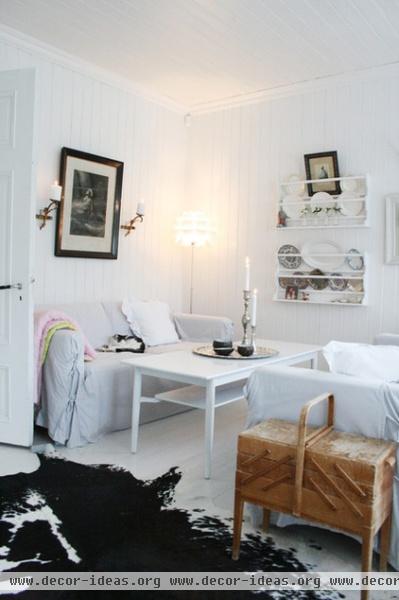
Don’t forget about the other tools that come with vintage sewing machines, including the beautiful boxes that hold the thread, bobbins, needles and other accoutrements.
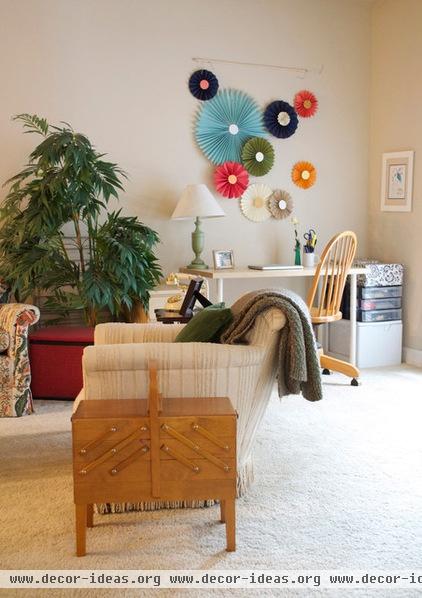
When emptied of their original contents, these accordion-style expandable boxes can be a trove for TV remotes, tablets or anything else you need next to a bed, desk or sofa.
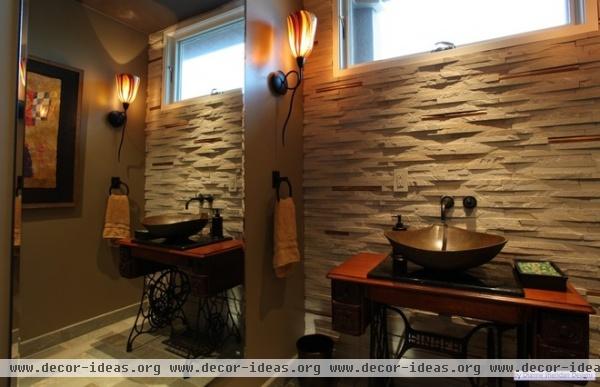
Where to find vintage sewing machines and accompanying parts. Craigslist and eBay are great places to start, because of the many regions they cover. On a local level, hit up antiques dealers and flea market vendors, who are always getting finds from estates.
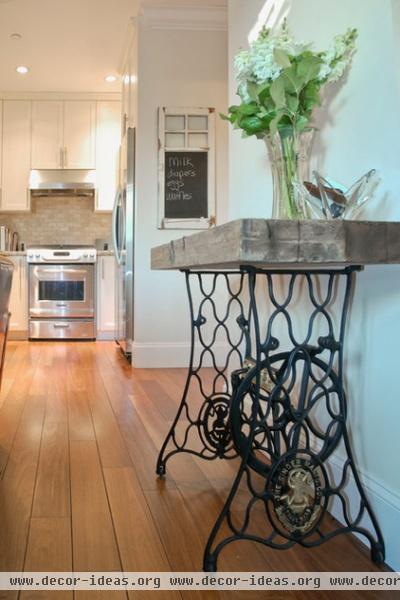
Don’t forget about your local sewing repair shop. Shopkeepers may have old machines that were never picked up, or they can be conduits to other folks interested in offloading what they’ve found in Grandma's attic.
Your turn: How have you used a sewing machine or its parts to decorate?
Related Articles Recommended












